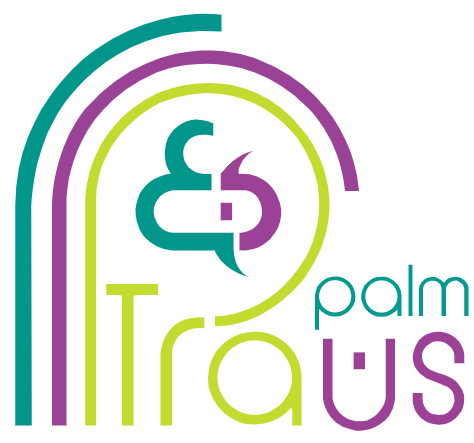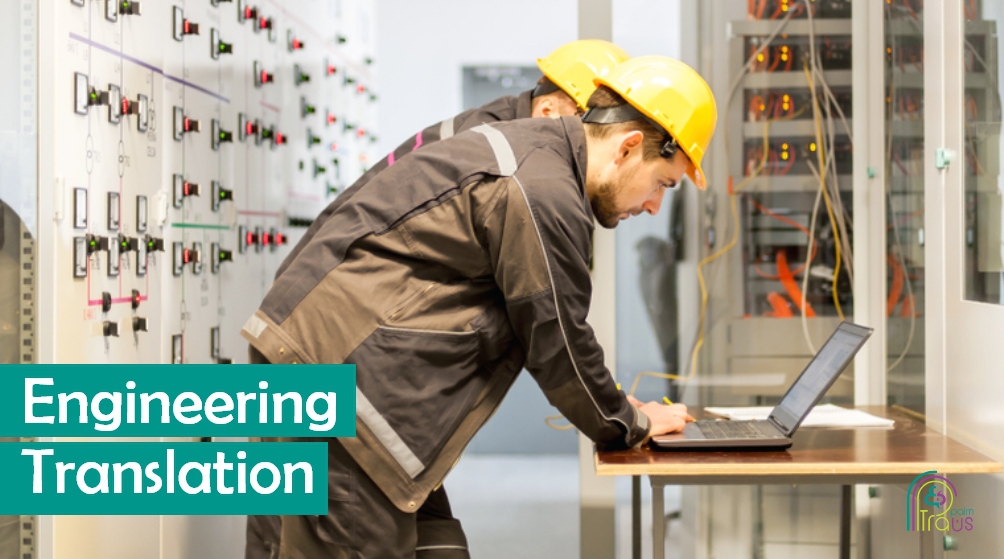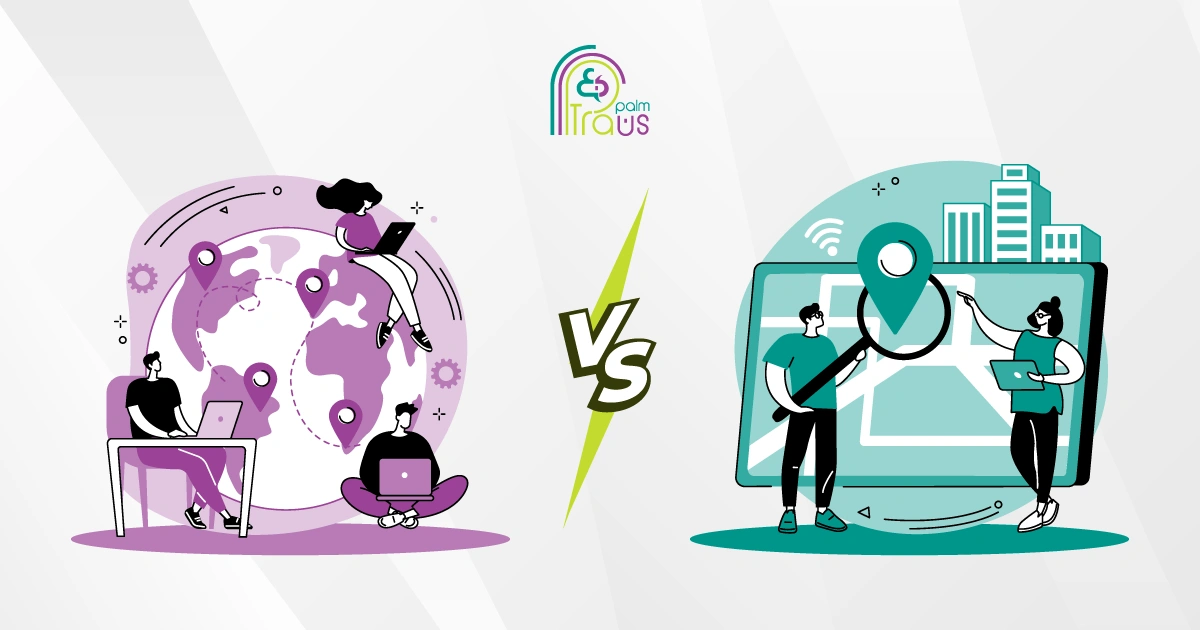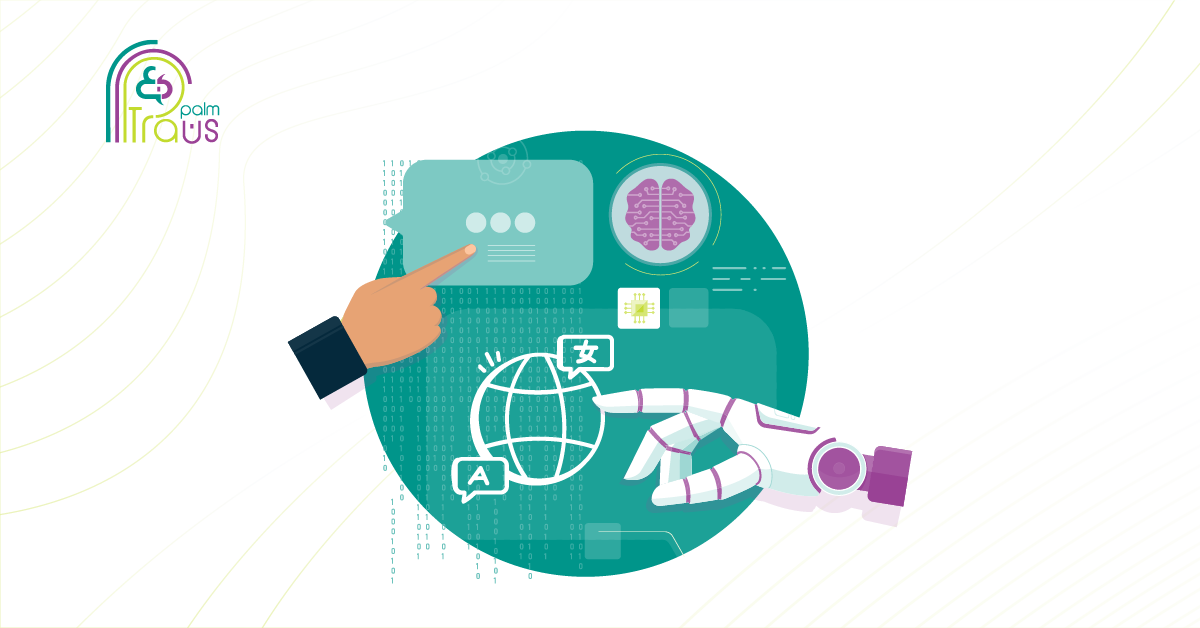Why Engineering Translation Is Challenging?
Are you an engineering business looking to expand your reach and grow in the global market? If so, then engineering translation is a crucial part of your business expansion strategy.
In fact, engineering translation is imperative to ensure accurate and culturally appropriate technical documents that can be safely shared with your international customers and partners.
But how do you ensure a high-quality translation for your engineering content?
That’s our call. In this blog, we delve into the challenges of engineering translation and provide the answers you seek, offering you a complete guide on how to achieve the highest quality for your technical documents.
Table of Contents
What Is Engineering Translation?
Engineering translation is a specialized type of translation that focuses on involves conveying various types of complex engineering content and documents from one language to another.
It involves translating different types of documents and materials, including:
- Manuals and User Guides
- Technical Specifications
- Safety Manuals
- Patents
- Research Papers
- Data Sheets
- Installation Guides
- Software Documentation
- Training Materials
- Regulatory Compliance Documents
- Testing and Inspection Reports
- Material Safety Data Sheets (MSDS)
- Engineering Drawings (CAD drawings and Blueprints)
The primary focus here is to ensure that technical engineering information and concepts are accurately translated while maintaining the intended meaning, precision, and clarity in the target language.
However, it doesn’t stop here.
Engineering translation is a demanding field because quality in that context essentially means:
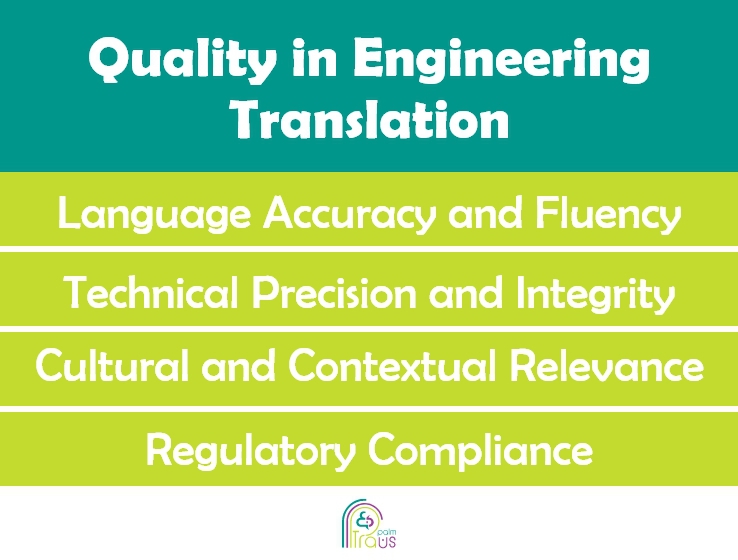
5 Common Engineering Branches that Require Engineering Translation
- Mechanical Engineering
- Electrical Engineering
- Civil Engineering
- Aerospace Engineering
- Chemical Engineering
If you are operating in any of these engineering industries or find your documents listed above, then you should be considering engineering translation already.
You now understand what quality means in engineering translation, but what challenges can you expect?
Top 4 Challenges You Need to Consider in Engineering Translation
The journey towards precise engineering translation is not without its hurdles.
➤ 1. English Prevalence
Some languages may pose more challenges than others during technical translation. This is because English is the lingua franca in the technical field due to historical, economic, and cultural factors.
As a result, a significant amount of technical information, research, and documentation is originally produced in English.
Engineering language is highly specialized, and the translated documents must remain faithful to and maintain the same impact as the source material in all language versions.
This prevalence of English in the technical domain has challenges for engineering translation in languages that may not be fully equipped to handle the intricacies of technical language and lack equivalent technical terminology.
This requires collaboration with a team of professional translators and subject-matter experts from the target language’s culture. They have the experience, knowledge, and skill to convey complex concepts and use descriptive phrases, neologisms, or clear explanations in their native language.
➤ 2. Technical Terminology and Specialized Jargon
Misinterpretation or inaccurate translation of engineering documents can lead to safety risks, equipment failure, project delays, and financial losses.
The engineering industry is replete with intricate terms, abbreviations, and acronyms.
Moreover, specialized jargon can vary significantly between different engineering disciplines and industries. Thus, translating engineering content from, say, civil engineering to aerospace engineering demands a profound understanding of each field’s unique terminologies in both languages.
For example, the term “load-bearing capacity” in civil engineering has specific technical implications for an infrastructure project. Inaccurately translating the term could lead to incorrect design calculations, potentially jeopardizing the structure’s stability and safety.
➤ 3. Cultural Nuances
Engineering content is often highly specialized and context-dependent, and accurately conveying the intended meaning in different cultural settings is essential, Certain references, symbols, or even language expressions that are perfectly acceptable in one culture might be inappropriate or confusing in another, One of the primary ways cultural nuances influence engineering translation is through language expressions and idiomatic phrases, For instance, an engineering document using a metaphor or analogy specific to one culture might be lost or misinterpreted when translated into another language.
Another significant aspect is the use of varying systems of measurement between countries. If not appropriately adapted in translations, this can lead to confusion, For example, a product specification stating measurements in inches might need to be translated into centimeters for international markets using the metric system.
Furthermore, these cultural differences also encompass Legal and Regulatory Compliance. Engineering projects are subject to distinct legal and regulatory requirements in every country. Keeping translations aligned with these laws is essential to avoid legal hindrances and setbacks.
➤ 4. Desktop Publishing: Visuals and Formatting Localization
So, technical documents are not only defined by the complexity of the content but also by their complex formatting and layout.
Translating technical drawings, diagrams, equations, and graphs while preserving the original structure isn’t something you can overlook. Inaccurate adaptation of these elements can lead to confusion, inefficiencies in engineering processes, and costly errors.
The layout and formatting preferences of your target audience will be influenced by their cultural background and language requirements. These preferences can even extend to visual elements, like the use of colors, symbols, or graphical representations.
For instance, in the United States, technical documents often use a straightforward and concise communication style, and the visuals are typically minimalistic with a focus on functionality.
However, in Japan, there is a cultural preference for more descriptive and elaborate explanations, and visual elements hold significant importance in communication.
Not to mention the linguistic restrictions, as each language has its own set of characters and content directionality. This causes text expansion and contraction when translating from one language to another, necessitating the use of professional DTP services to assure layout consistency.
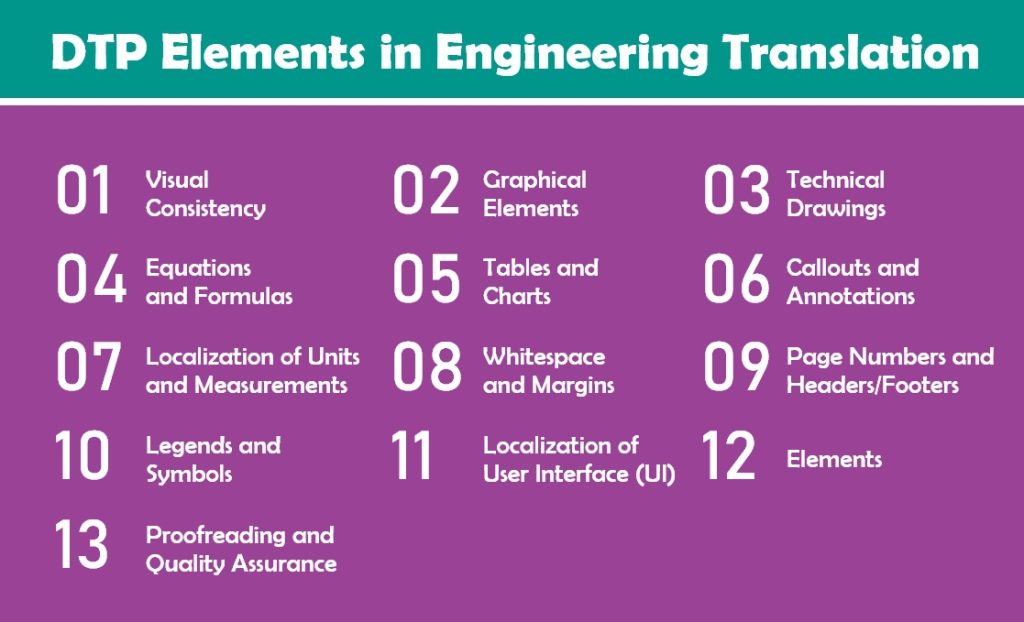
How to Ensure Accurate Engineering Translation
The combination of technical, cultural, and language skills powered by cutting-edge technology is your winning card for having an effective engineering document that can be shared in a new local market.
➤ 1. Work with Subject-matter Experts (SMEs)
Hiring technical translators in your engineering discipline, mechanical engineering, for instance, is the first rule of engineering translation.
With their expertise in engineering terminology, linguistic proficiency, and cultural knowledge, they will establish your brand in international markets as a reliable and trustworthy player.
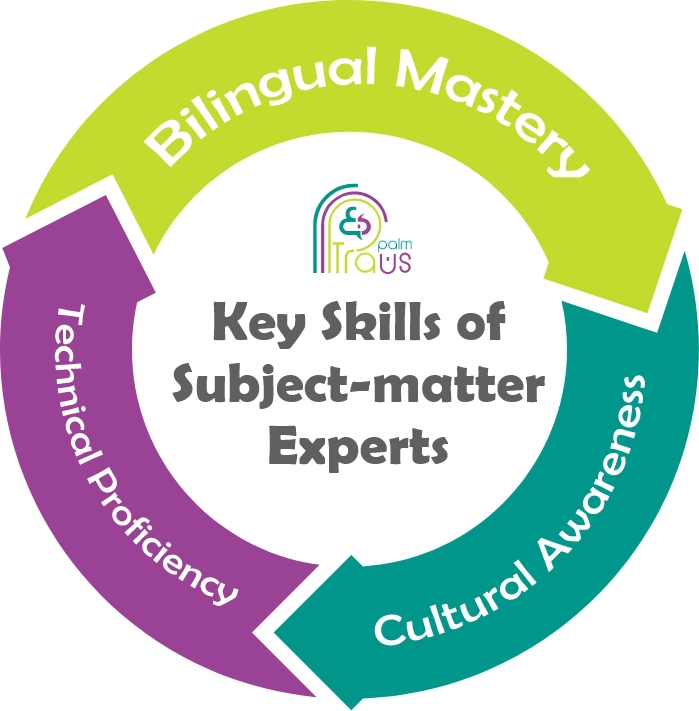
Bilingual Mastery
Being native speakers, SMEs have a native-level grasp of linguistic subtleties. They have an innate understanding of their language, including its nuances, idiomatic expressions, and cultural connotations, They are also attuned to the subtle variations in meaning, tone, and context that non-native speakers might overlook.
Technical Proficiency
SMEs possess in-depth knowledge of the engineering field. Their technical proficiency allows them precisely convey engineering complex concepts without losing the intended meaning, Moreover, it enables them to navigate industry-specific jargon, terminologies, abbreviations, and acronyms commonly used in engineering documents with expertise and ease.
Cultural Awareness
SMEs are well-versed in the cultural differences between the source and target regions. They are immersed in the target region’s culture and have firsthand knowledge of local customs, idiomatic expressions, and societal norms, Whether it’s marketing materials, technical documents, or product descriptions, they ensure that the translated content is not only linguistically accurate but also culturally sensitive and relevant.
➤ 2. Empower Accuracy With Translation Technology
Given the fact that engineering translation is riddled with terminology, translation tools like translation memory, glossaries, and CAT tools can help ensure consistency and accuracy, Not only that, but they help reduce turnaround times, minimize errors, and reduce translation costs.
Technologies to Use in Engineering Technology
- Translation Memory
Stores previously translated segments of text, such as sentences, paragraphs, or technical terms.
- Glossaries
List each technical term in the source language and its approved translation in the target languages and provide context-specific examples and relevant explanations.
- Computer-Assisted Translation (CAT) Tools
Offer translation suggestions based on translation memory and concordance searches, allowing translators to find and reuse previously translated terms in less time.
➤ 3. Don’t Skip Quality Assurance (QA)
Ensuring the accuracy, consistency, and overall integrity of your technical content is critical. Accordingly, overlooking quality assurance is simply not an option.
During the quality assurance process, experienced linguists and language experts conduct thorough testing for language, aesthetics, and context to identify any inconsistencies, grammatical errors, or formatting issues that may have arisen during translation.
Additionally, the translated content is checked to ensure it adheres to regional and industry-specific requirements, RigorousQA minimizes the risk of costly errors, rework, or project delays, thereby enhancing your brand’s reputation in the marketplace.
What to Look for When Choosing Your Translation Services Provider
How can you tell which translation company will provide you with the services you need? Our checklist includes a list of questions that will guide you in making the best choice for your business.
Get TransPalm Expert Support for Accurate Engineering Translations
Now that you’re aware of the challenges you might face in engineering translation and the importance of professional engineering translations, it’s time to take the next step toward success. Choose a professional and highly experienced translation company that can cater to your unique requirements and offer unparalleled translation services!
At TransPalm, we offer customized technical translation services that align perfectly with your business goals. We’ve harnessed the combined expertise of our team and the latest translation technologies to provide you with a comprehensive language solution with the fastest turnarounds and the most affordable prices.
With a remarkable track record of over a decade in technical translation services, you can trust us to handle your engineering translation and localization needs with unmatched efficiency. Our global reach extends to more than 120 languages in all engineering disciplines.
Just contact us and let us learn more about your next engineering document.
